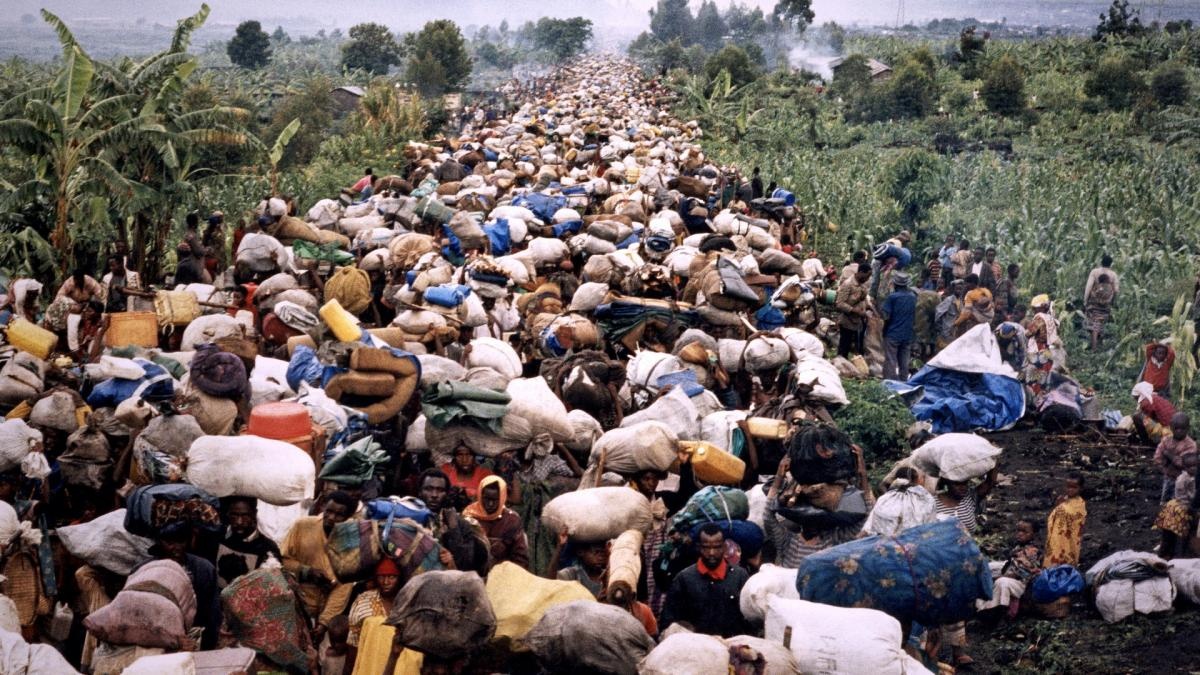Physical Address
304 North Cardinal St.
Dorchester Center, MA 02124
Physical Address
304 North Cardinal St.
Dorchester Center, MA 02124

A new UNICEF Congo report has exposed a disturbing spike in sexual violence in eastern Congo, tied to ongoing armed conflict and systemic breakdowns in protection for women and children.
This surge, documented in early 2025, paints a grim picture of the humanitarian crisis unfolding in the region.

Between January and February 2025, UNICEF documented nearly 10,000 cases of sexual violence in the eastern provinces of the Democratic Republic of Congo (DRC).
Up to 45% of victims were children. That averages to roughly one child sexually assaulted every 30 minutes.
The violence is concentrated in areas affected by fighting between M23 rebel forces and the Congolese military.
The UNICEF Congo report highlights a deepening crisis where civilians — especially women and children — are being targeted amid escalating armed conflict.
UNICEF attributes much of the violence to the ongoing clashes between M23 rebels and government troops, which have displaced hundreds of thousands.
As state authority collapses in some regions, armed groups have reportedly used rape as a weapon of war, a tactic condemned by international law.
UN officials call the situation a “systemic failure to protect” vulnerable populations.
The violence is not incidental — it’s part of a broader pattern of using sexual assault to terrorize communities.

UNICEF’s report emphasizes the extreme vulnerability of children, especially girls in conflict zones. Many are left without access to medical care, trauma support, or legal protection.
Families fleeing violence are often separated, leaving children exposed to further exploitation.
The majority of cases remain underreported, meaning the actual scale of abuse is likely much higher.
The UNICEF Congo report underscores that children in Congo are facing layered trauma — from violence, displacement, and a lack of basic protection.
Humanitarian agencies are calling for urgent action, but access remains limited due to security risks and poor infrastructure.
UNICEF and other NGOs have requested increased funding for trauma care, emergency shelters, and mobile response units.
So far, the global response has been slow and underfunded.
Without increased international support, victims will continue to suffer in silence — and the cycle of abuse may escalate.

The DRC conflict shows no signs of slowing, and the latest UNICEF Congo report has put renewed pressure on world leaders to respond.
Human rights advocates are calling for a coordinated international strategy — one that includes peace talks, accountability for war crimes, and protection for civilians on the ground.
This report is a wake-up call. Without intervention, Congo’s humanitarian crisis could spiral further out of control.
Daily News. No B.S. No Fluff. Just What You Need to Know.